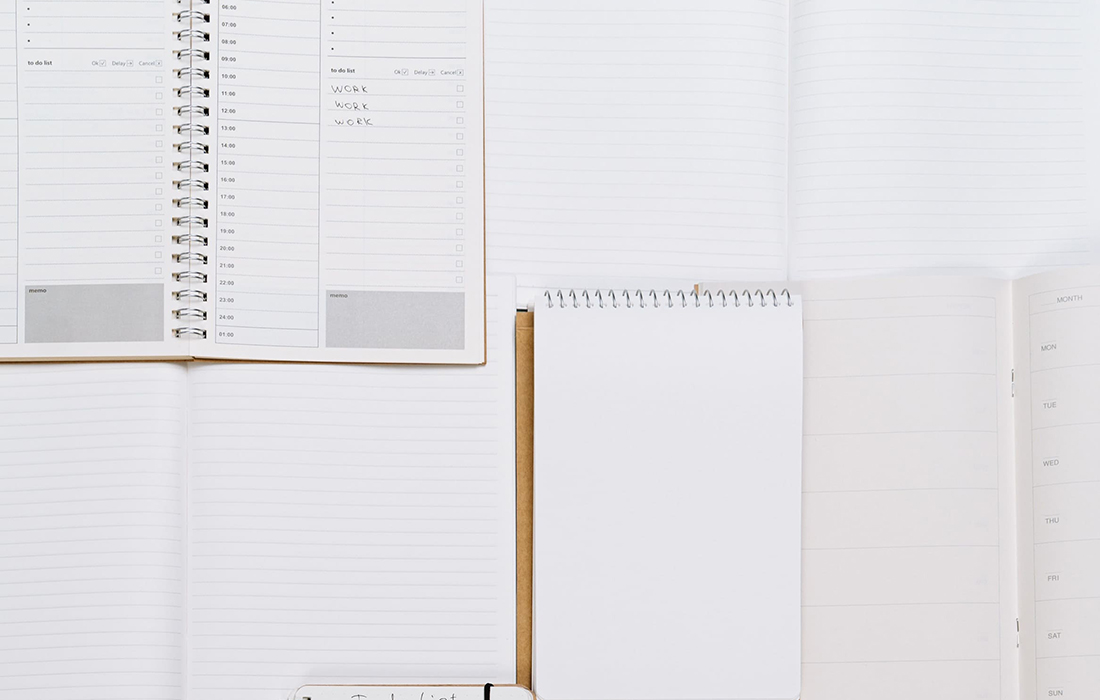Guide on How to Format a Paper in Chicago Style
Although less popular than MLA and APA, Chicago is a standard referencing method for various academic work. The Chicago style paper is a challenging format for many students due to its limited popularity.
This often results in mark deductions owing to poor referencing and improper paper structure. Our Chicago format paper guide highlights the structure and rules of Chicago paper formatting to help you master your writing.
What is the Chicago paper style?
The Chicago format is a popular style for historical disciplines. The University of Chicago Press introduced this format in 1891 to bring uniformity in papers, making them easy to assess.
Like its counterparts, the Chicago paper format has various guidelines on the paper structure. These guidelines include:
- One-inch margins to the top, sides, and bottom of your page.
- 1/2 -inch indents before paragraphs and bibliographies.
- A visible font like Times new roman, size 12.
- Page numbers on the top right side of each page, except the cover page.
How to format a paper in Chicago style
If you’re writing a paper in the Chicago style format, you should segment it into:
- A title / cover page
- A body page
- Appendices
- Footnotes
- Bibliographies
Title page
When writing your title page, all information should be center-aligned, font-size 12, and double-spaced. The title should be written 1/3-way down the page and emboldened.
When you have a subtitle, end the title with a colon, and on the following line, present your sub-topic. If your instructor has requested additional information, this should be included 2/3-way down the page.
Most academic papers usually include the tutor’s name, student’s name, registration number, and due date on the lower 1/3.
Although the title page should not be numbered, you should include it in the overall page tally. I.e., the numbering should start on page two.
The Body
The body is the central part containing your argument and supporting material. Although the format of the body is not specified in the Chicago style, it would be best to chunk it into paragraphs and segments.
Chicago style sub-headings
However, when numbering headings in the Chicago style, use a straightforward system that shows the chronological order of titles. If, for instance, your main topic is numbered as 2, you may number the subheadings within the subject as 2.1, 2.2… etc.
Blockquotes
When presenting block quotes in your work, enter a blank line between the text and the quote and indent the block by ½. Unlike the body, blockquotes are single-spaced.
You should also note that numerals are not preferred when writing in the Chicago style. As such, convert the digits to words or avoid using numbers at the start of a sentence.
Equivalently, an acronym should be preceded by the complete word before using it in your paper. This helps reduce confusion as your reader goes through your work.
How to Quote in Chicago Style
In-text citations
When writing in Chicago style, you may choose the author-date type or the notes, bibliography style. In the author-date style, you should indicate the author’s name and year of publishing as in APA.
The notes and bibliography style is cleaner and reduces the clutter in your work. The bibliography is linked to a number hyperlinked to the text being cited in this approach.
Endnotes
Like the works-cited page in MLA, the endnotes should occupy their page. Unlike the body, the endnotes are not double-spaced. For this, you should enter a blank line after each bibliography.
Also, you may apply an ½-inch indent to all except the first line of each endnote entry. The references in Chicago style essays are written as:
Last name of the author, abbreviation of the first name. The title of the book. Year of publication. Pages used.
Final Take
This guide should help you on mastering how to write a Chicago-style essay. You may also consider Chicago-style samples to help you better understand the Chicago paper format.

Leave a Reply